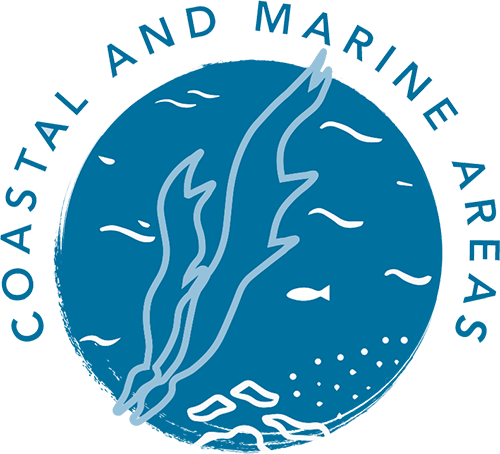
State-wide Outcome
By 2050, actions have been implemented to improve management and human use of coastal and marine areas to build resilience to threatening processes.
Regional context
The Cradle Coast region has 2640 km of coastline and contains exposed rocky shorelines, extensive sand dunes and beaches and numerous estuaries and bays. It is a transition zone between marine and terrestrial habitats, so is of significant landscape and natural value and is a dynamic environment, continually being exposed to coastal processes. The shorelines vary greatly, with highly exposed, rocky shores in the south-west and west, and extensive sandy beaches and dunes north of Cape Sorell. The naturally moving dune systems on the west coast, rich in Aboriginal heritage sites, are of international significance, while the sheltered coastline of the far north-west includes broad intertidal flats and saltmarshes critical for resident and migratory birds and sea-life. Eastwards from Circular Head, intensive development along the shoreline has significantly modified the landforms.
The marine environment includes rocky reefs, wetlands, saltmarshes, harbours and open ocean. Natural values present on the sparsely inhabited islands of Bass Strait make them critical assets for the region as secure refuges for marine and avian wildlife. Many of the region’s islands and coastlines also have significant Aboriginal heritage sites, including well-studied caves at Hunter Island and Rocky Cape, where archaeologists have recorded cultural heritage dating back to 23,000 years ago, when Tasmania was connected to the mainland.
In the Cradle Coast region, the coastline has also been the focal area for settlement and economic activity, particularly along the northerly, Bass Strait coast. Coastal land is highly valued for commercial, industrial, residential and tourism development. The vast majority of the region’s population live and work within two kilometres of the coast and this is where population growth is greatest. The coast is also the place where future employment will be created in the region. The topography of the region’s northern coastline is conducive for commercial farming, transport corridors, housing and industrial development, and is an area of milder climate. This environment is also desirable for wind farm development as investment in renewable energy increases.
A sizeable part of gross regional product is derived from agricultural and industrial land uses within the coastal zone, while off-shore waters provide some 50 species for commercial wild fisheries (including crayfish, scallops, scalefish, giant crabs and abalone) and aquaculture (oysters, salmon and trout) is an established commercial industry in the region.
